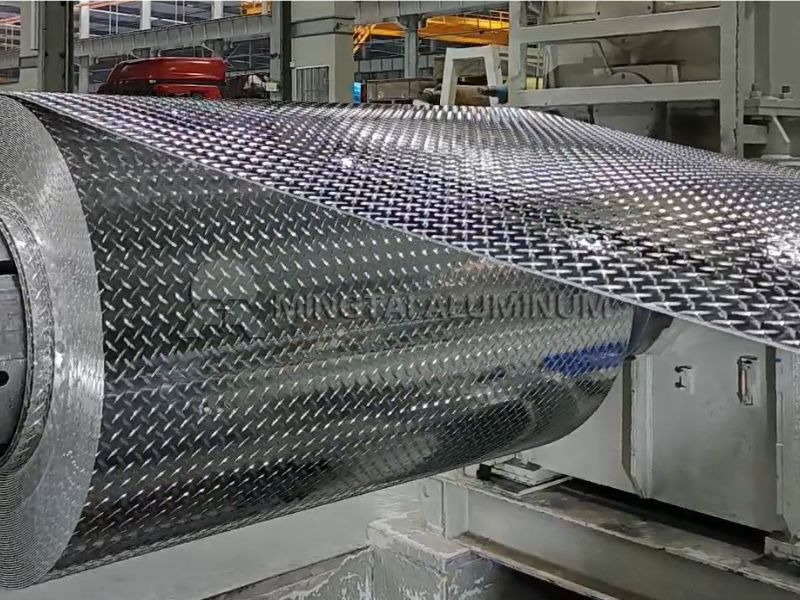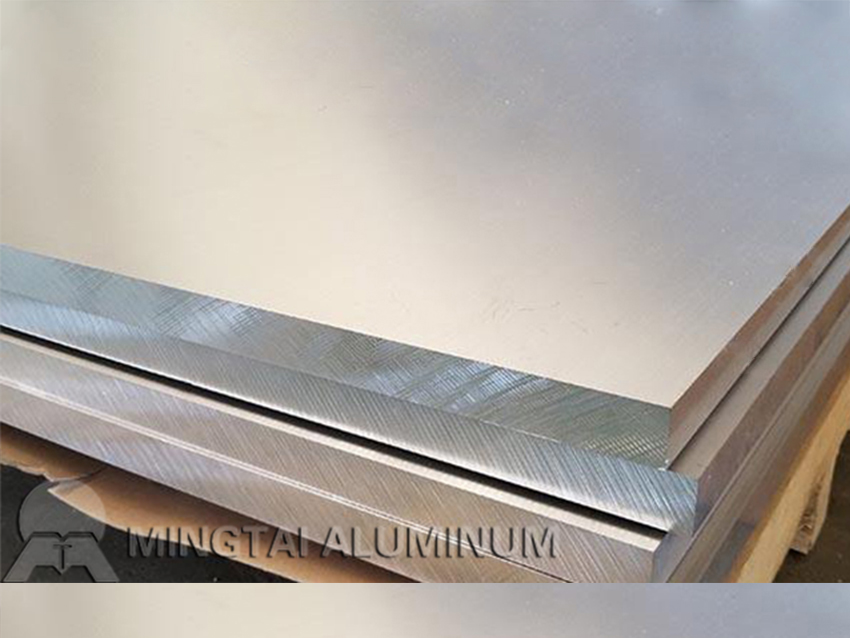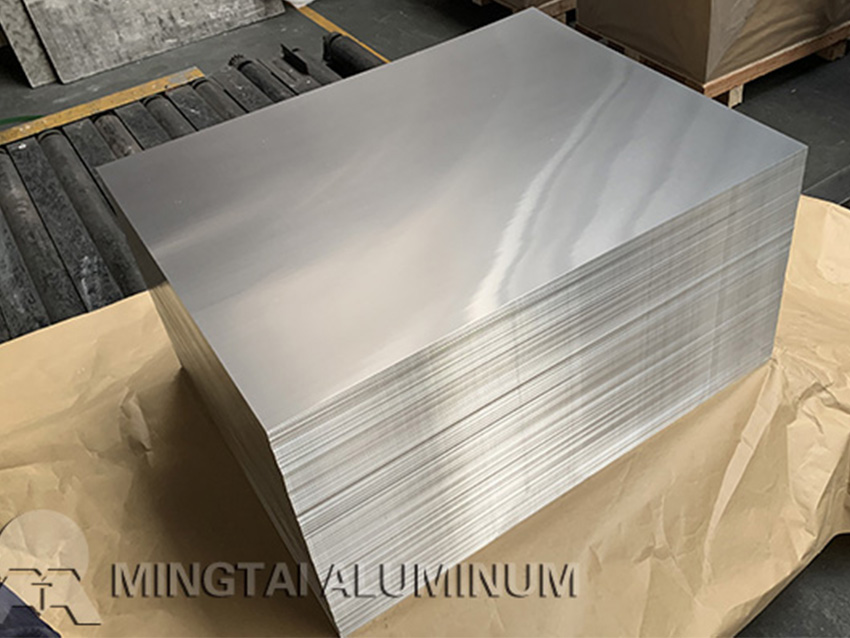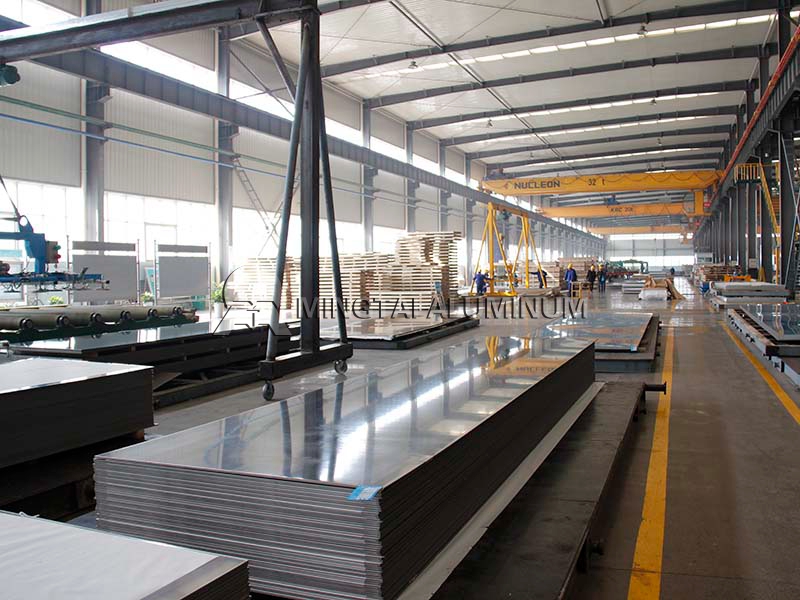
5052 aluminum plate defect solution
Sample: A4 Sized
Payment Terms: L/C,D/P,T/T
Delivery time: Within 15-30 Days
Email Us:sale06@mingtai-al.com
Several common aluminum plate defects and causes of defects
I believe that the aluminum plate companies that have just started are not very familiar with the common defects of aluminum plates. During the production process of aluminum sheets, various types of defects appear on the surface due to improper operation or other reasons. These defects seriously affect the appearance and sales of aluminum panels. How to avoid these defects is a top priority for every aluminum panel manufacturer. The following is a brief introduction to several common aluminum plate defects, so as to avoid unnecessary troubles caused by your own negligence! Let’s take a look at the aluminum plate manufacturers:

1, the shape of the plate:
(1) Staggered layer: Irregularly displaced between the end face layer and the layer, causing the end face to be uneven. Causes: the blank is not flat; the rolling mill unwinding, the winding tension is not properly controlled; the flattening roller is not properly adjusted.
(2) Collapse: The core of the coil is severely deformed, and the roll is not round. Cause: Improper tension during crimping; external force is oppressed.
(3) Lateral bending: the shape of the plate is curved to one side. Cause: The leveling machine is not stressed enough.
(4) Wave: A general term for various unevenness phenomena formed by aluminum sheets and aluminum strips due to uneven deformation. The waves generated by the plates and the edges are called the side waves, the waves generated in the middle are called the middle waves, and the waves between the middle and the sides that are neither in the middle nor on the sides are called two-ribbed waves, which are small in size and usually The circular waves are called broken waves. Cause: The roll gap adjustment is unbalanced, the roll type control is unreasonable; the lubrication and cooling are uneven, and the aluminum plate is deformed unevenly; the distribution of the pass reduction is unreasonable.
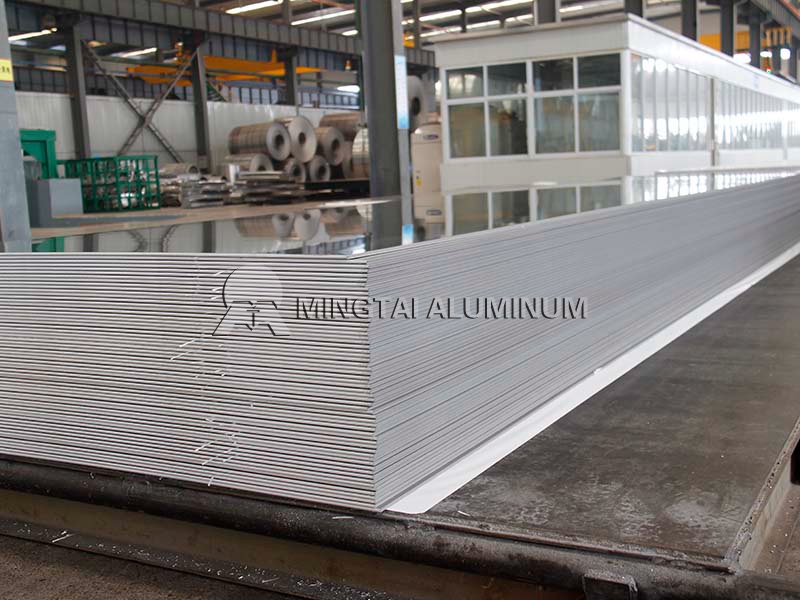
2, size:
(1) Thickness tolerance: tolerance of ±1% below 1.0, above ±5% of 1.0, single tolerance*2 times;
(2) Width tolerance: ±0.1MM below 3.2MM, ±0.2MM above 3.2MM;
(3) Length tolerance: +5-3MM. The reason for the thickness tolerance, the problem of the thickness gauge; the cause of the width tolerance, the disc shear adjustment is not suitable; the reason for the length tolerance, the adjustment of the shearer is problematic.
3, Surface aspect:
(1) Embossing: The chromatic aberration of the irregular surface of the roll surface due to strip wrinkles and broken strips is periodically printed on the surface of the strip during the rolling process.
(2) Scratch: It is manifested as a bundle of scars on the surface of the aluminum plate. Cause: Mechanical or manual causes the aluminum plate to create a layer-to-layer displacement.
(3) Warping: After rolling or shearing, the edge of the strip is lifted.
(4) Corrosion: It is characterized by white spots or black spots on the surface of the aluminum plate. Cause: Acid, alkali or water is introduced during production, packaging, transportation and storage.
(5) Surface oil stain: It is characterized by dirt on the surface. Cause: The cooling oil is dirty and the air blow is weak.
(6) Scratch: A flaw in which the surface of the aluminum plate has a line distribution. Cause: The guide plate or the flat roll has convex or sticky aluminum; scratches occur during the shearing process; manual inspection is improperly carried out.
(7) Side bending: The longitudinal sides of the plates and belts exhibit a non-flat state of bending to one side. Cause: The rolling amount at both ends of the mill is not the same; the thickness of the plate and the material on both sides are inconsistent.
(8) There are black spots on the surface: there are needle-like black spots on the surface of the aluminum plate. Cause: The furnace fluid is not clean.
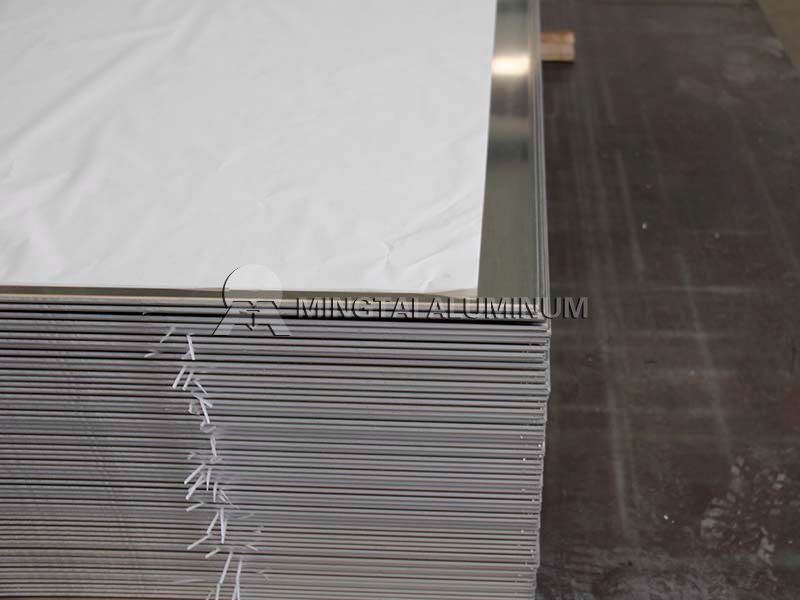
5052 aluminum plate manufacturers introduce common pattern defects of aluminum plates
In the production process, due to improper operation or other reasons, the aluminum plate has various types of pattern defects on the surface, such as pine dendritic defects, roll mark defects and landscape defects. These defects seriously affect the appearance and sales of aluminum panels. How to avoid these defects is a top priority for every aluminum panel manufacturer.
As a manufacturer that entered the aluminum sheet market earlier, Mingtai Aluminum has more than 20 years of processing experience. Through the introduction of advanced technology and continuous research, the company produces smooth aluminum plates with no defects such as creases and scratches, and it has a coup to the surface defects of the 5052 aluminum alloy. Let’s take a look.
Pine dendritic defects
Such defects are usually produced during the cold rolling of the 5052 aluminum sheet. The main reason is that the surface of the defect is generally smooth due to the cracking of the lubricating film between the cold roll and the rolled piece. In severe cases, unevenness may occur. It can be solved by reducing the amount of reduction, adjusting the composition and content of the additive, adjusting the temperature of the rolling oil, and eliminating the equipment failure.





